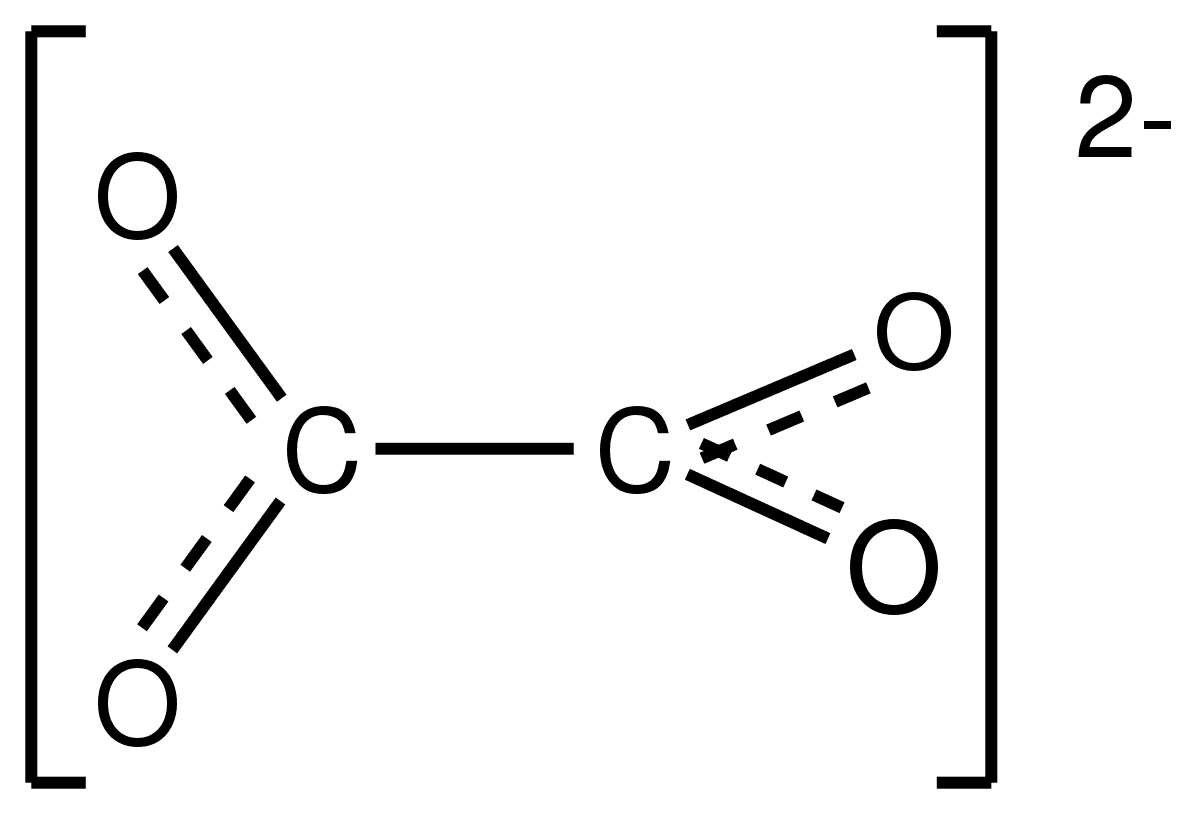ecstatichamster
Member
- Joined
- Nov 21, 2015
- Messages
- 10,519
I think prevention by consuming adequate calcium is probably the #1 thing. High PTR probably contributes or causes stones. The solution is a high calcium diet. Counter intuitive of course.
Renal stone disease, elevated iPTH level and normocalcemia
Background: There is a well establishedrelationship between primary hyperparathyroidismand recurrent calcium-containing calculi.Traditionally, the diagnosis is confirmed bythe presence of elevated intact parathyroidhormone (iPTH) and serum ionised calciumlevels. The prevalence and role of elevatediPTH in the presence of normocalcemia inpatients with renal stone disease is poorlyunderstood. The aim of the present study was todescribe the findings in patients who hadrenal stone disease, an elevated iPTH level andnormocalcemia.Methods: During the last decade, 414patients, who had normal renal function, wereinvestigated and treated for renal calculi inthe Renal Stone Clinic of the Toronto WesternHospital. Of these 414 patients, 40 (9.6%) hadan elevated intact iPTH level and normal serumcalcium (total and ionised) on repeatedmeasurements. In all these patients weperformed detailed clinical and laboratoryinvestigations to determine risk factors forstone formation. Correlation analysis was doneusing Pearson test and the weights of factorsinfluencing iPTH level were compared usingmultiple regression analysis.Results: The average duration of ahistory of stone disease was 12.0 ± 10.5years. Most of these patients had passed theirstones spontaneously, 15 underwentlithotripsy, in six the stones were removed bybasket catheters and one patient each hadpartial nephrectomy, nepholithotomy oruretero-lithotomy. Twelve had a positive familyhistory, two had history of intestinalmalabsorption and one patients had a history ofimmobilisation. All of these patients hadelevated serum parathyroid hormone in the rangeof 3% to 134% (median 20.5%) above upperlimit of normal (F = M); all had normal serumtotal and ionised calcium and normal urine excretion ofcalcium (except in one). Additional risk factorfor stone formation included: low level of 25-hydroxyvitamin D in four patients, lowoutput and high urine osmolality in fourpatients, high urine sodium in nine and highoxalate excretion in eight patients. Citrateexcretion was low in seven, magnesium excretionin six patients and tubular reabsorption ofphosphate in 22 patients. Urine hydroxyprolinwas increased in two and decreased in fourpatients. Combined abnormalities were found in14 while 17 patients did not have anyabnormality apart from elevated iPTH level.Multiple regression analysis did not suggestthat any of the selected predictors had asignificant influence on PTH release.Conclusions: 9.6% of patients withrecurrent kidney stones had normocalcemia andelevated iPTH level in the presence of normalrenal function. The study did not showany distinct pattern of abnormalities thatwould suggest a mechanism of stone disease inthese patients. Further investigations arenecessary to determine the significance ofelevated iPTH in normocalcemic patients withrenal stone disease and establish whether weshould consider neck exploration forparathyroidectomy in these patients.
Renal stone disease, elevated iPTH level and normocalcemia
Background: There is a well establishedrelationship between primary hyperparathyroidismand recurrent calcium-containing calculi.Traditionally, the diagnosis is confirmed bythe presence of elevated intact parathyroidhormone (iPTH) and serum ionised calciumlevels. The prevalence and role of elevatediPTH in the presence of normocalcemia inpatients with renal stone disease is poorlyunderstood. The aim of the present study was todescribe the findings in patients who hadrenal stone disease, an elevated iPTH level andnormocalcemia.Methods: During the last decade, 414patients, who had normal renal function, wereinvestigated and treated for renal calculi inthe Renal Stone Clinic of the Toronto WesternHospital. Of these 414 patients, 40 (9.6%) hadan elevated intact iPTH level and normal serumcalcium (total and ionised) on repeatedmeasurements. In all these patients weperformed detailed clinical and laboratoryinvestigations to determine risk factors forstone formation. Correlation analysis was doneusing Pearson test and the weights of factorsinfluencing iPTH level were compared usingmultiple regression analysis.Results: The average duration of ahistory of stone disease was 12.0 ± 10.5years. Most of these patients had passed theirstones spontaneously, 15 underwentlithotripsy, in six the stones were removed bybasket catheters and one patient each hadpartial nephrectomy, nepholithotomy oruretero-lithotomy. Twelve had a positive familyhistory, two had history of intestinalmalabsorption and one patients had a history ofimmobilisation. All of these patients hadelevated serum parathyroid hormone in the rangeof 3% to 134% (median 20.5%) above upperlimit of normal (F = M); all had normal serumtotal and ionised calcium and normal urine excretion ofcalcium (except in one). Additional risk factorfor stone formation included: low level of 25-hydroxyvitamin D in four patients, lowoutput and high urine osmolality in fourpatients, high urine sodium in nine and highoxalate excretion in eight patients. Citrateexcretion was low in seven, magnesium excretionin six patients and tubular reabsorption ofphosphate in 22 patients. Urine hydroxyprolinwas increased in two and decreased in fourpatients. Combined abnormalities were found in14 while 17 patients did not have anyabnormality apart from elevated iPTH level.Multiple regression analysis did not suggestthat any of the selected predictors had asignificant influence on PTH release.Conclusions: 9.6% of patients withrecurrent kidney stones had normocalcemia andelevated iPTH level in the presence of normalrenal function. The study did not showany distinct pattern of abnormalities thatwould suggest a mechanism of stone disease inthese patients. Further investigations arenecessary to determine the significance ofelevated iPTH in normocalcemic patients withrenal stone disease and establish whether weshould consider neck exploration forparathyroidectomy in these patients.

